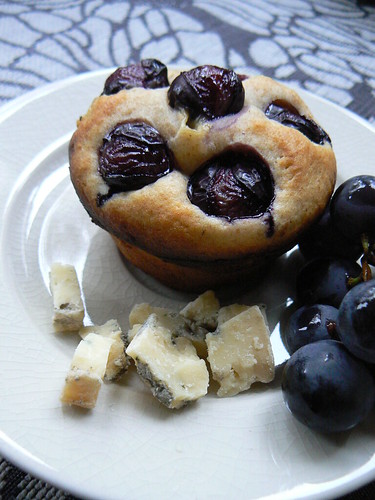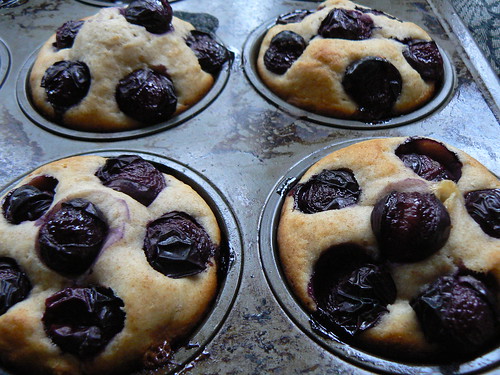Few scents signify the scent of fall for me better than guavas. The lush, in-your-face ripeness of this sub-tropical fruit has always been a topic of controversy. You'd either love it, or hate it with a passion!
How can I describe it to someone who never smelled it?
Would it be of any help if I told you that 173 components were
identified in guava GC, with (E)-beta-caryophyllene, alpha-terpineol, alpha-pinene, alpha-selinene, beta-selinene, delta-cadinene, 4,11-selinadiene, and alpha-copaene being the major ones. Aliphatic esters are the most important contributors to guava's flavour. I have a suspicion that guavas have some sulphur in them,
A single fruit is plenty to scent a room with an unmistakable odour that is simultaneously pungent, ripe, rude and opulent. As
Flavors of Brazil blog points out, the scent is "strong aromatic, sometimes alarmingly so... very flower and heady". It has green aspects, as well as spicy, herbal and even woodsy notes. But perhaps the disturbing or funky part is somewhat, just ever so
slightly reminiscent of stinky socks (especially when the fruit is over ripe - which is very common in store-bought guavas).
Guavas are native to South America, and from there they have spread to different tropical and sub-tropical parts of the world. Their significance in the culture of the tropics is exemplified in the book title
Fragrance of Guava, which is conversations with Nobel Prize Columbian author Gabriel Garcia Marquez. They are even grown with much success and popularity in Israel, and there is no better way to break the Yom Kippur fast than eat a fruit freshly picked from the tree. My personal favourite variety is a cultivar called "Ben Dov" which is most fragrant and has a very firm yet creamy texture. The pink guavas, in my humble opinion, are watery and not nearly as fragrant - and this variety is what is used for most guava juices. The fruit is extremely rich in vitamin C - and, most unusual for any fruit - also in calcium.
Guavas are mostly prepared as fruit juice, candy, jam and the ever so popular South American guava fruit paste called
goiabada which has an intriguing consistency and texture reminiscent of quince marmalade. It has such a distinct, stand-alone aroma that it usually takes centre stage in desserts such as sobretto or gelato, and stuffing dessert empanadas (usually with cream cheese or coconut); although it pairs really nicely with creamy bananas and even in refreshing, aromatic fresh fruit salsas, as in Cuban tomato and guava salsa.
Have you experienced fresh guavas? How would you describe their scent?





